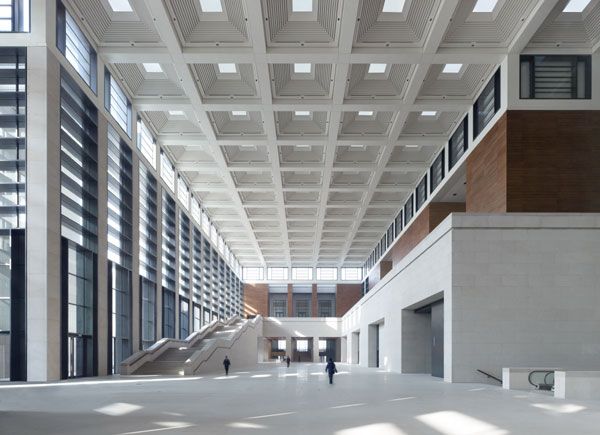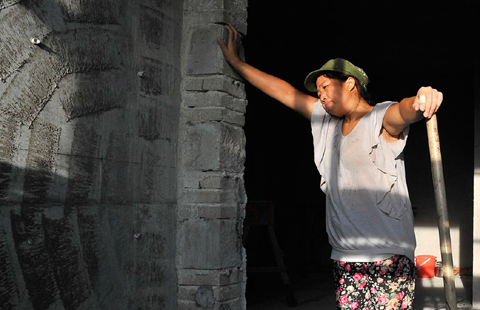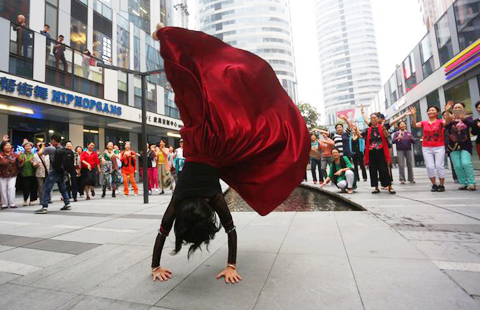German architect has bold plans for China
Updated: 2014-10-03 11:42
By Liu Wei(China Daily)
|
|||||||||||
Cultural challenges provide a steep learning curve for star architect Meinhard von Gerkan. Liu Wei reports in Hamburg, Germany.
Meinhard von Gerkan, 79, has left his print across Germany. Considered as one of the country's patriarch architects, his name is behind numerous landmarks, such as the Berlin Central Station and the Berlin Olympiastadion, which hosted the 2006 FIFA World Cup.
Yet in the past two decades, the most important stage to showcase von Gerkan's expertise and experience has been China, a country in the midst of a drastic transformation of both economy and landscape.
Of more than 130 of von Gerkan's projects in China, the best known is the refurbishment of the National Museum of China, the largest of its kind in the world, which covers 192,000 square meters and accommodates 19,000 visitors daily.
Situated at the east of Tian'anmen Square near the Forbidden City, the venue that was built in 1959 has been more than just an exhibition hall from its beginning, and is also a symbol of the 5,000-year-old civilization's past and future.
Its refurbishment was a continuous process of competition and negotiation, especially for a foreign architectural firm.
Von Gerkan, Marg and Partners Architects, the firm von Gerkan co-founded with Volkwin Marg in 1965, one year after von Gerkan completed his architectural studies at the Carolo Wilhelmina Technical University in Braunschweig, was one of 10 companies that bid for the project.
Gmp previously had prominent commissions, including Tegel Airport in Berlin first designed in 1965 to handle 2.7 million passengers, which still works well for 19.6 million travelers now, and multiple urban planning projects, theaters and transportation facilities across the world.
However, in 2004, gmp was a relative newcomer in China known primarily for designing a school and apartment complex for the German Embassy.
Von Gerkan and his partners had to compete with nine of the world's best architectural firms, including Foster and Partners, Kohn Pedersen Fox, OMA and Herzog & de Meuron.
Gmp won quick favor from the Chinese authorities, though, by a bold plan of substantially converting and extending the original building.
Related Stories
Deng Xiaoping: Architect of morden China 2014-08-22 11:17
Architect's dream ... or nightmare 2014-07-09 16:15
Li Fengli meets UK horticultural architect 2014-05-23 16:25
Architect looks to the big picture 2013-10-22 07:25
Other award-winning works by architect Li Xiaodong 2013-07-25 06:37
Today's Top News
China to start direct yuan-euro trade
Protest disrupts life in Hong Kong
Slim waist fad causing problems
Americans split over role of gov't in their lives: Gallup
Spanish diplomat killed in Sudan
Independence of MH17 probe 'crucial'
Illegal assembly in Hong Kong leads to clashes
Aggrieved firms 'should go to court'
Hot Topics
Lunar probe , China growth forecasts, Emission rules get tougher, China seen through 'colored lens', International board,
Editor's Picks

|
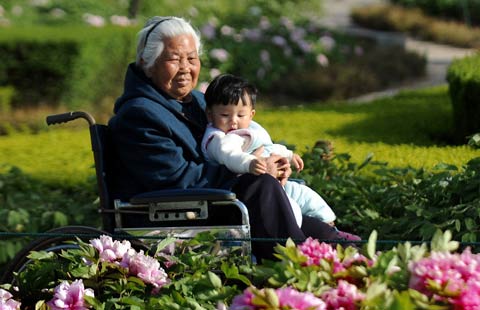
|

|

|

|
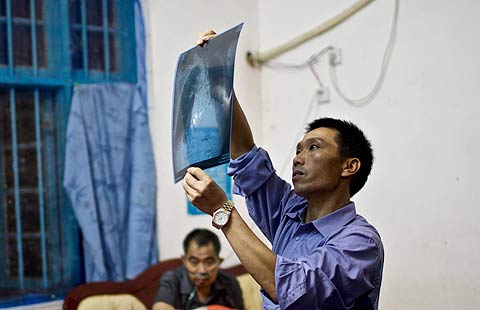
|
